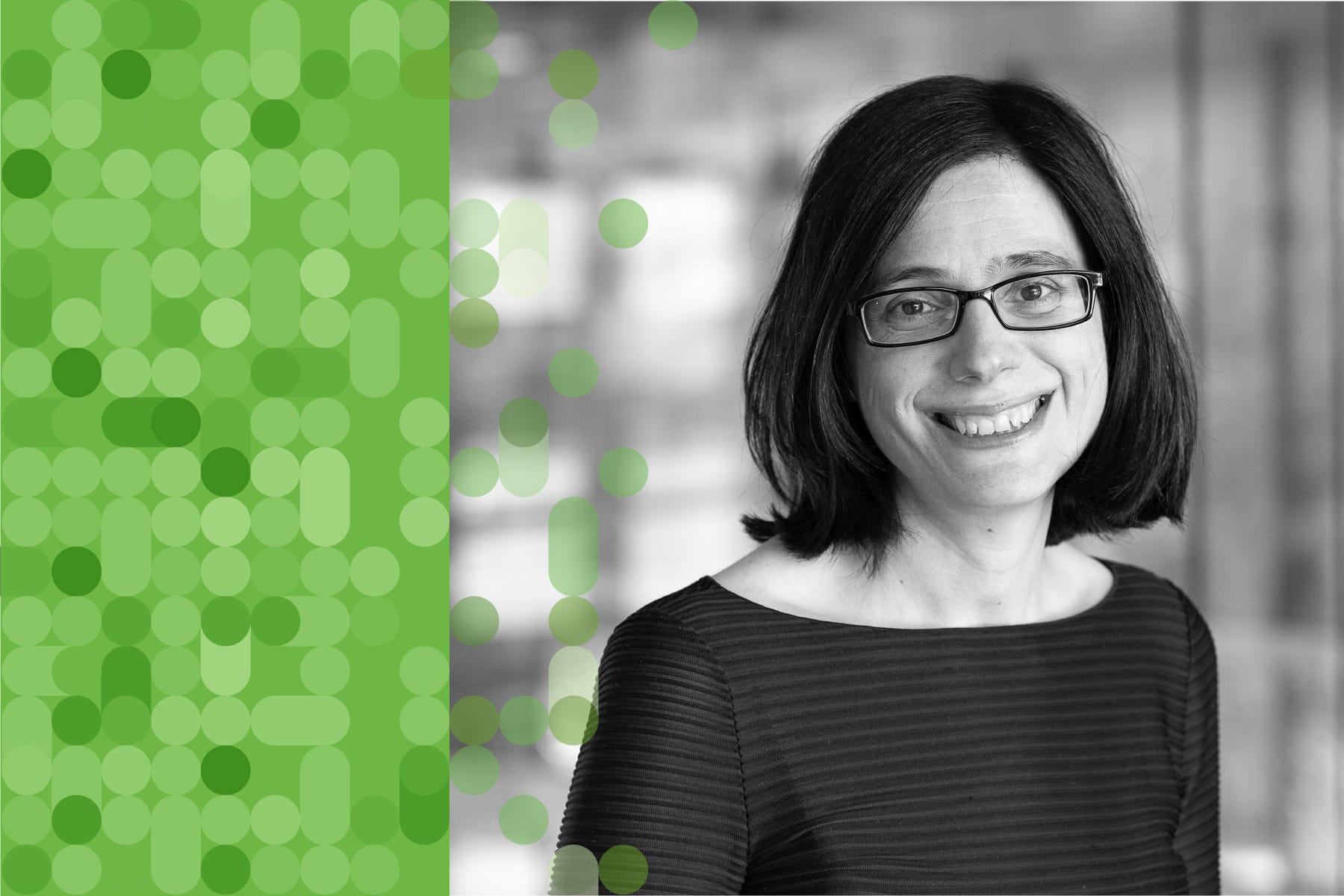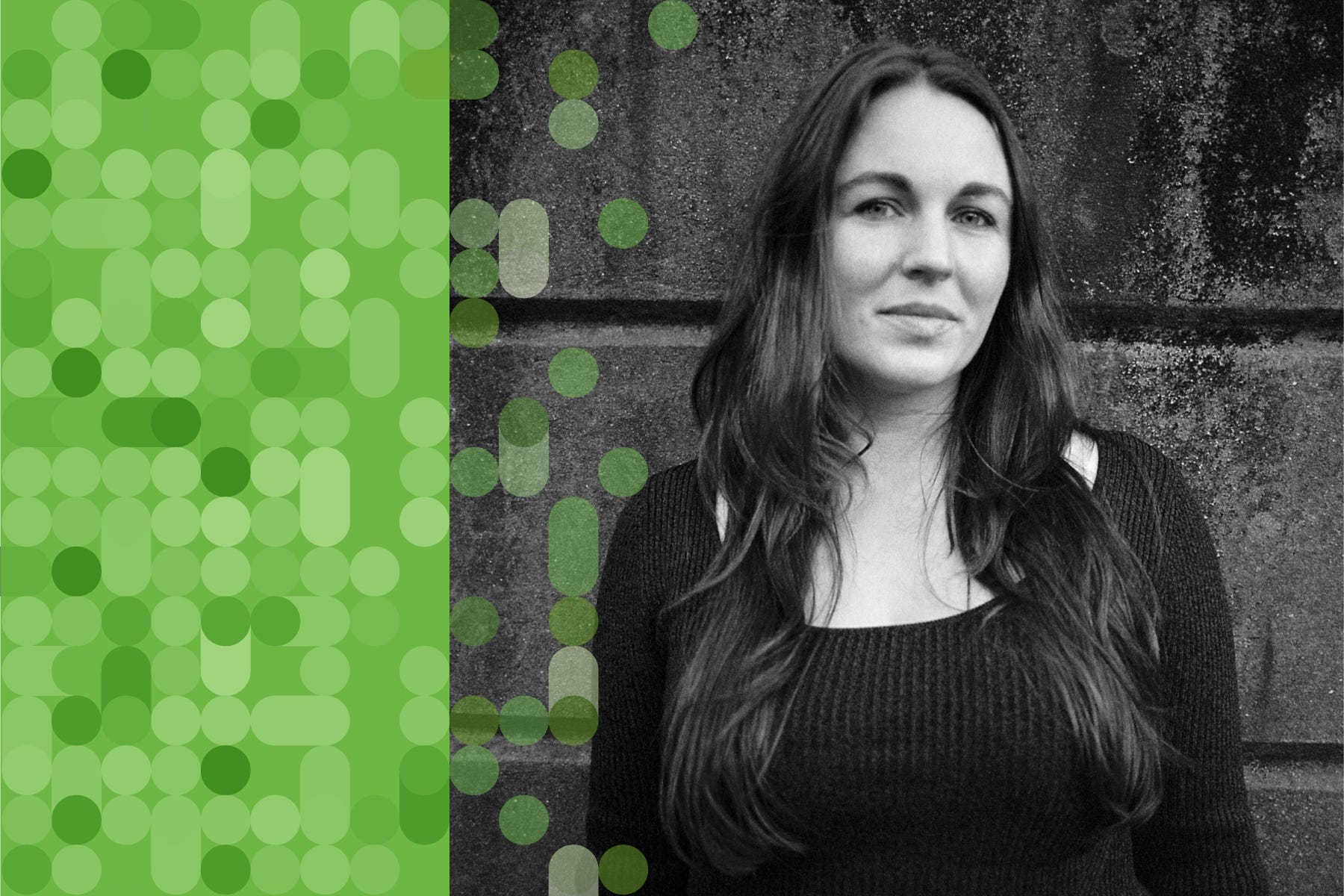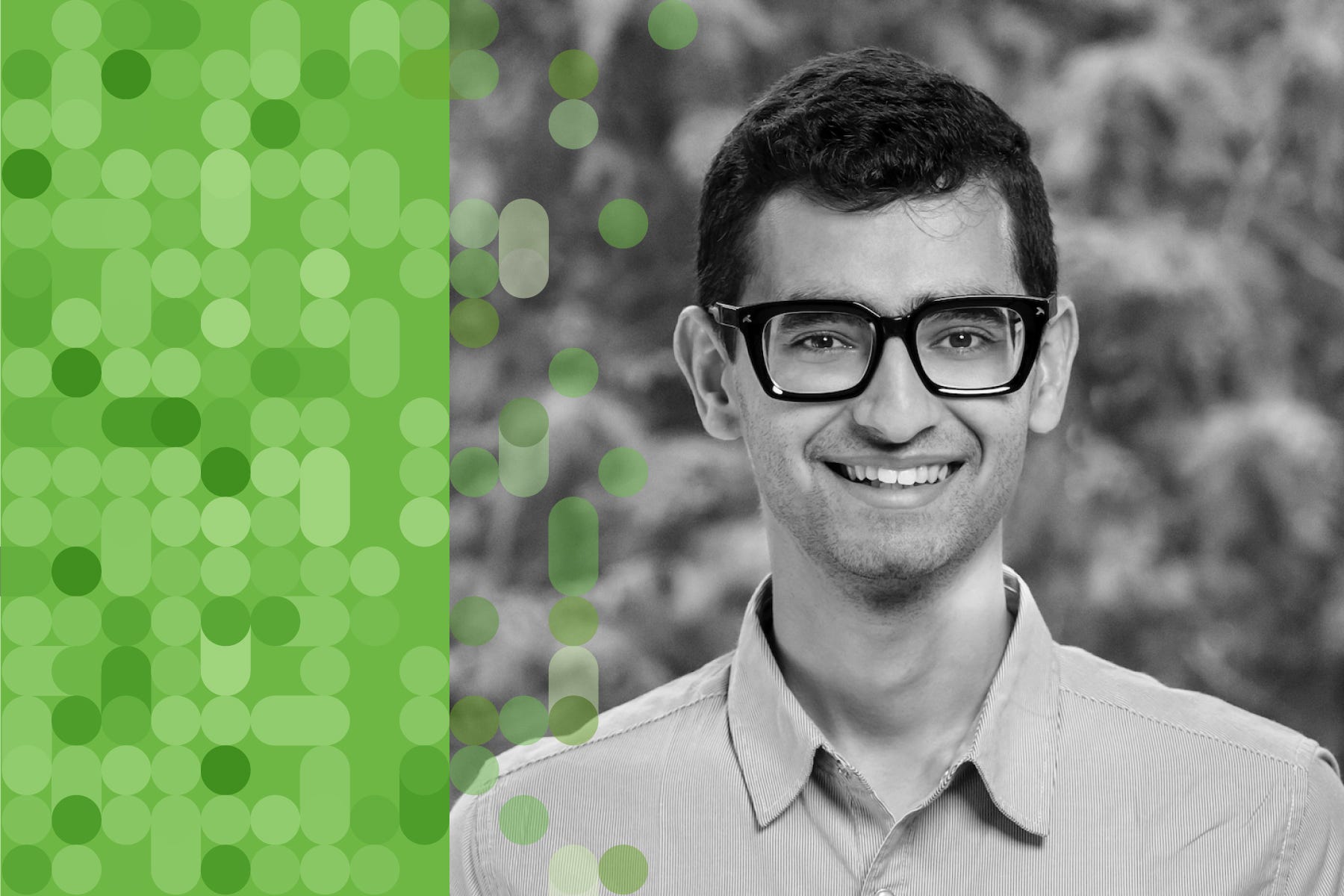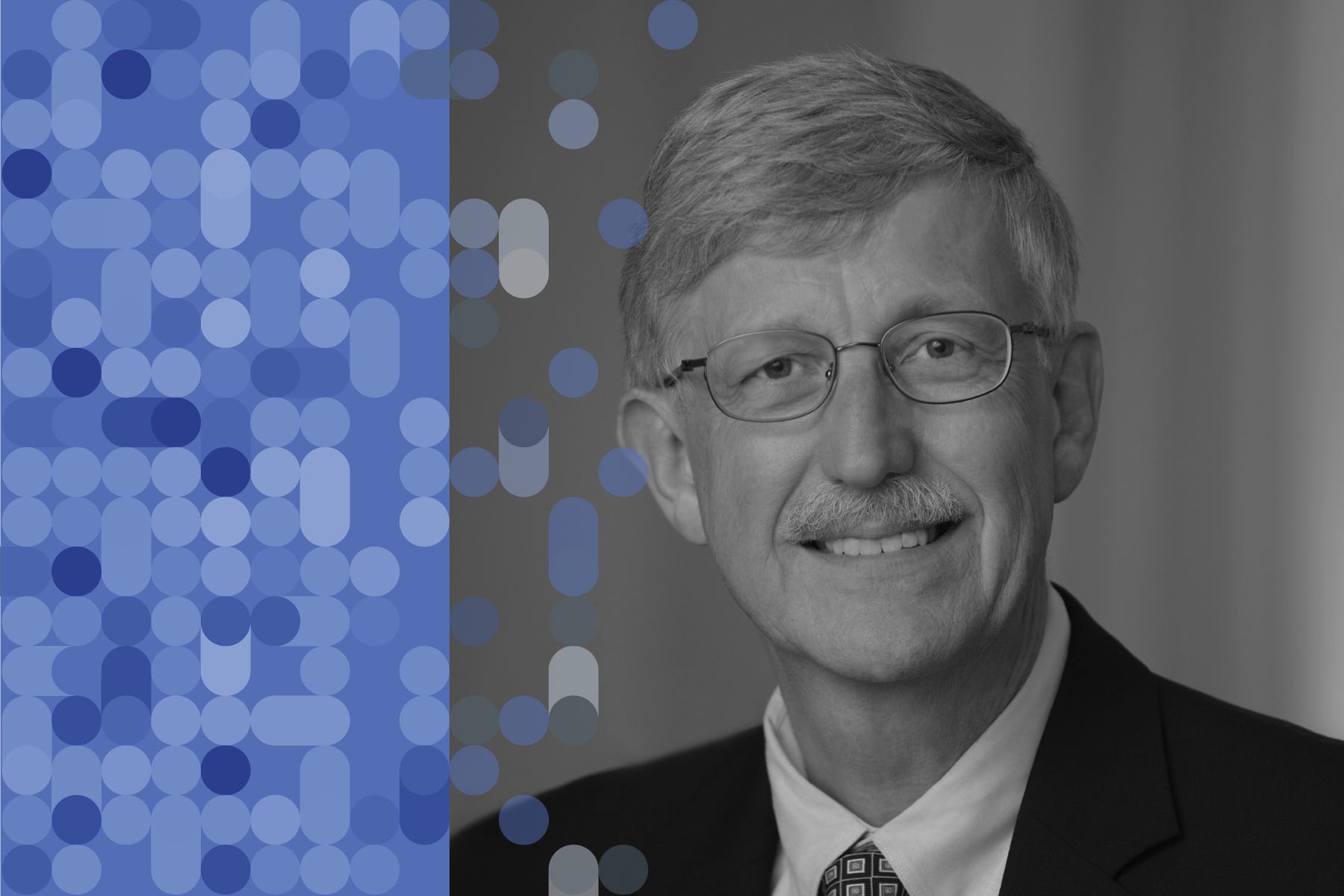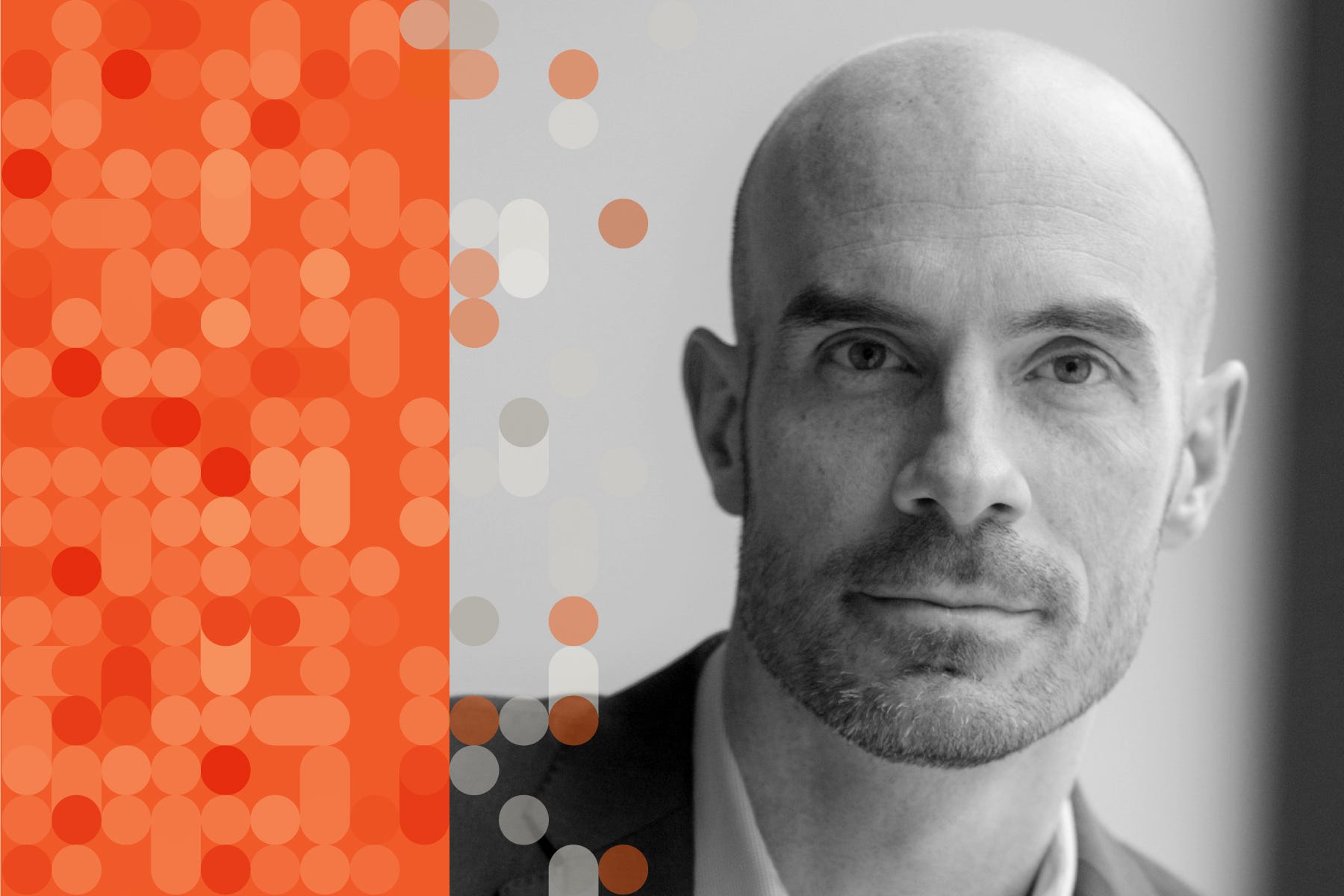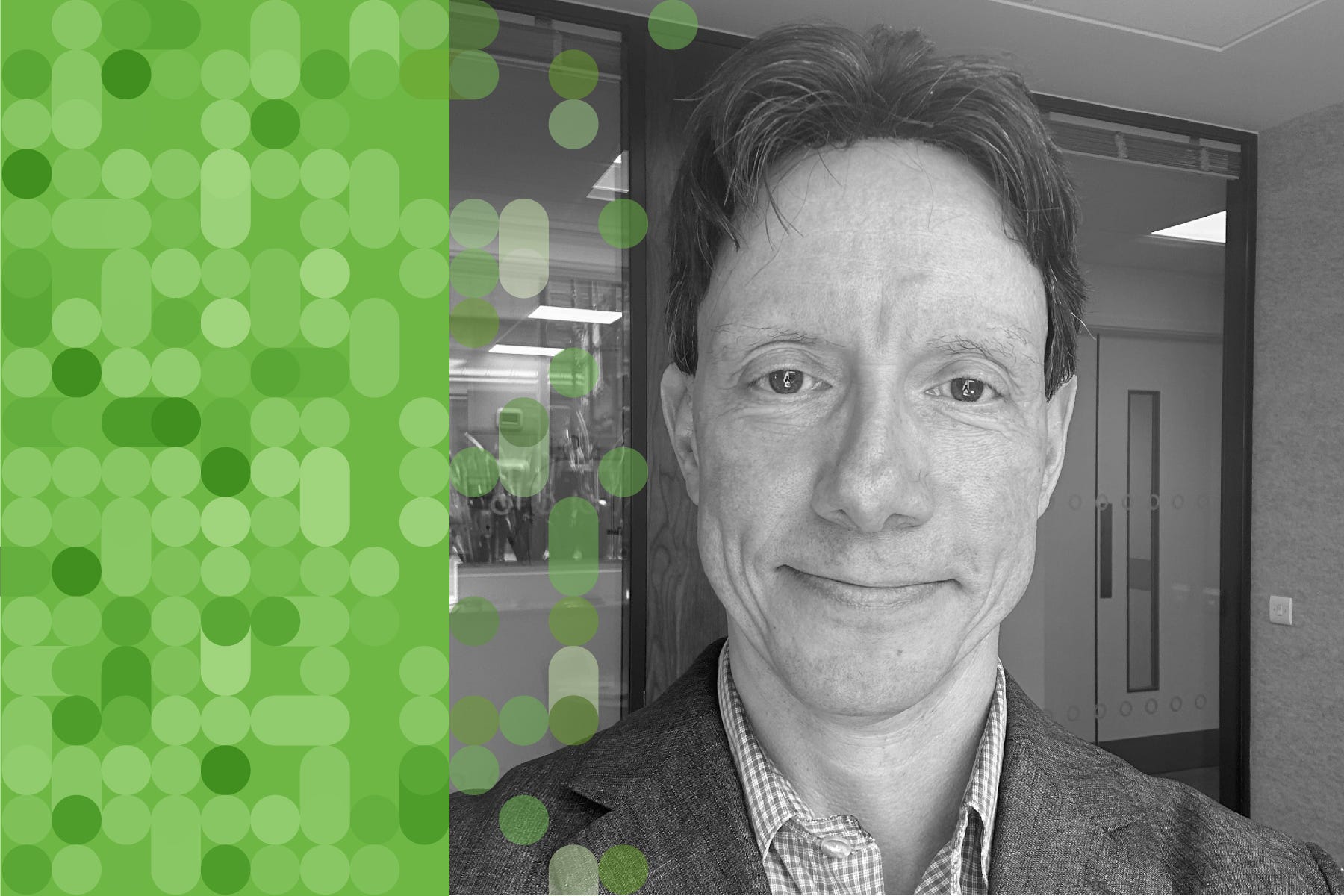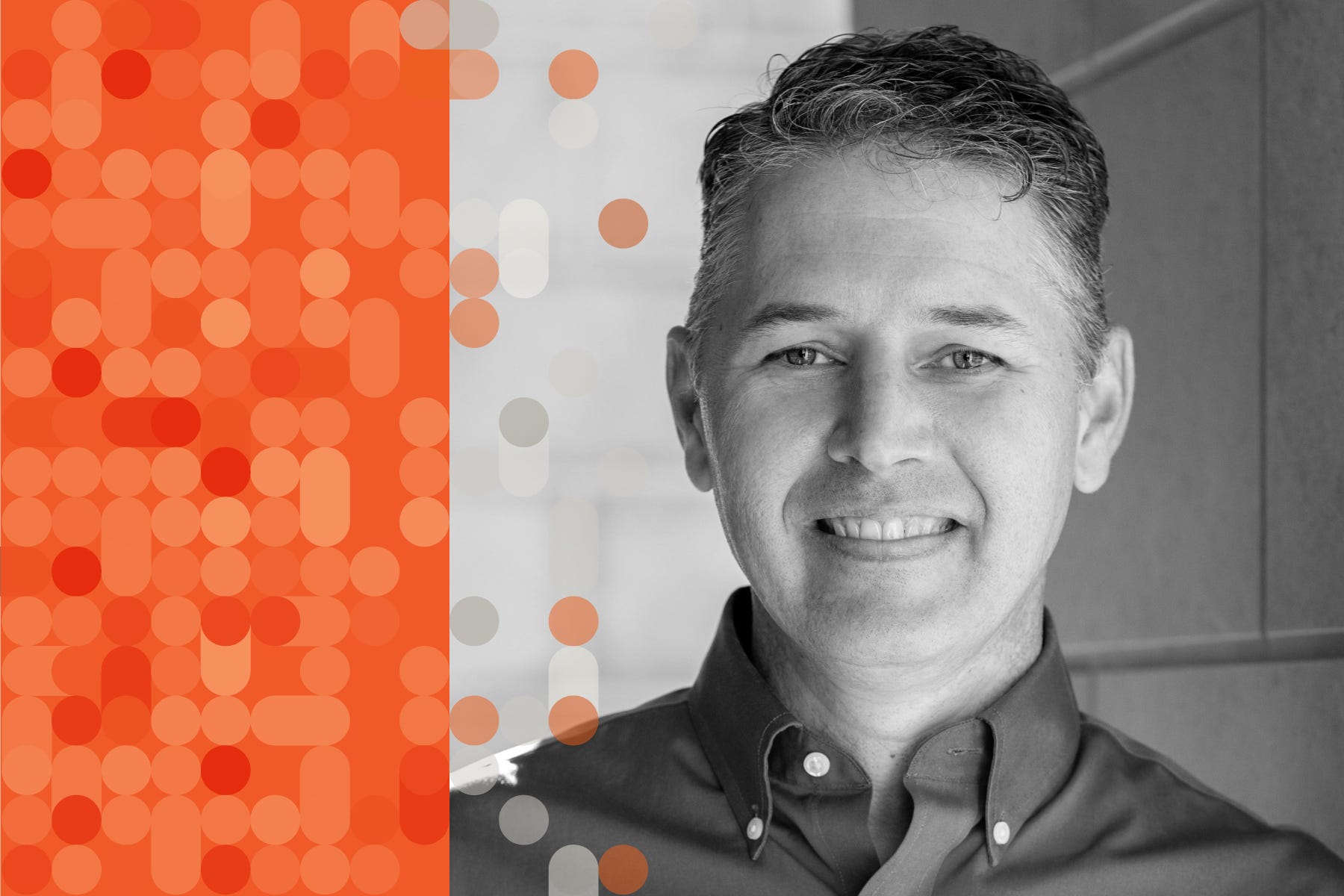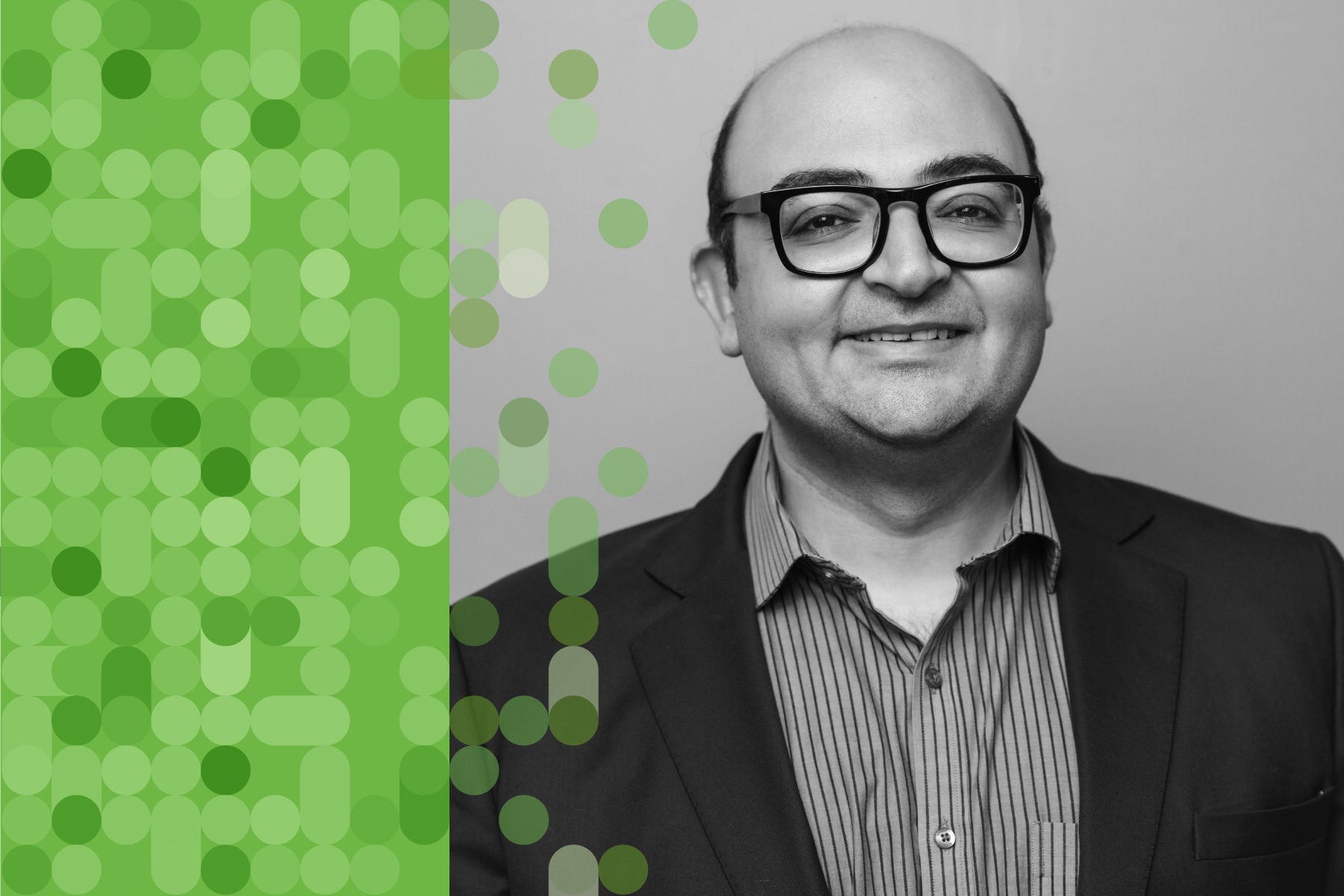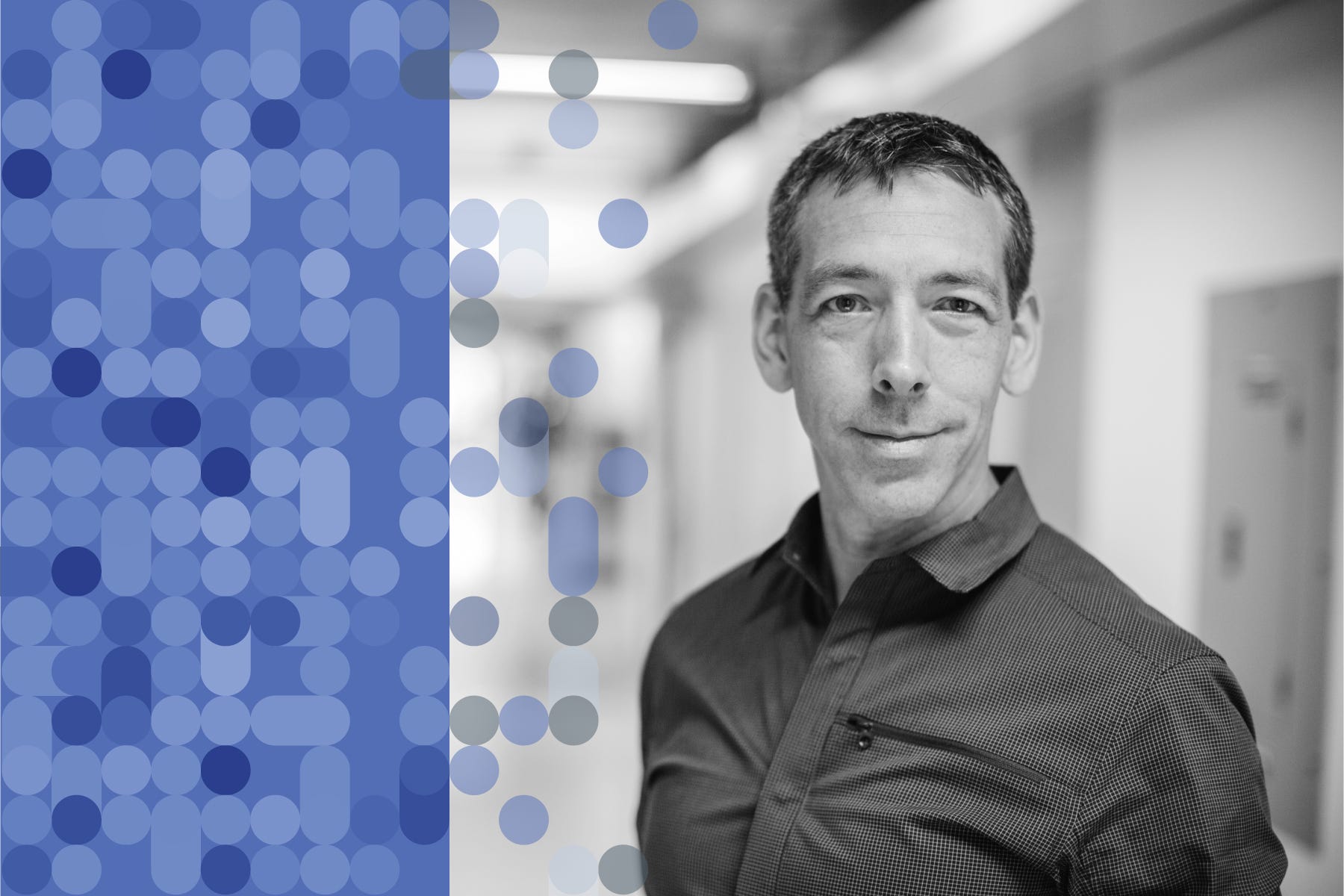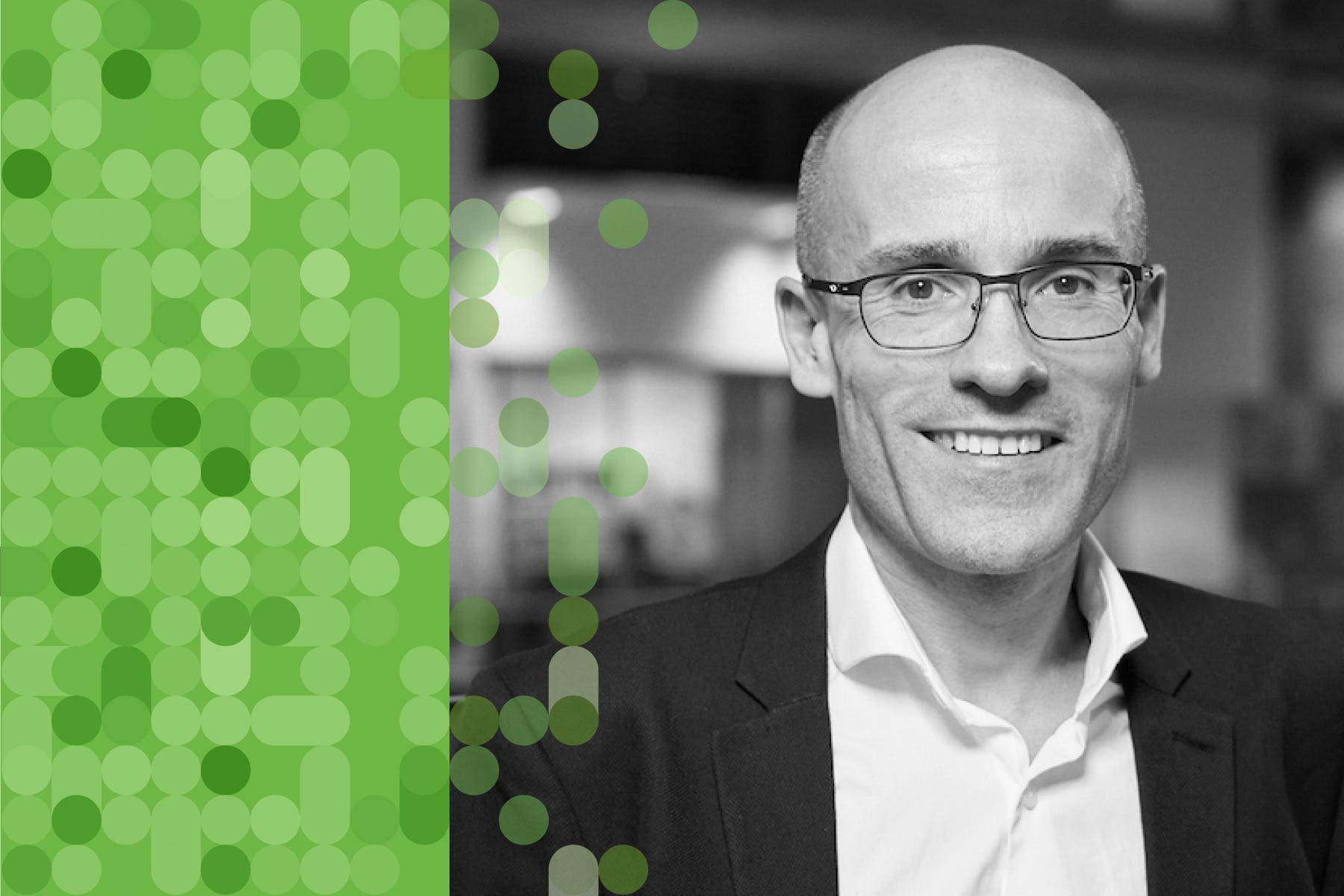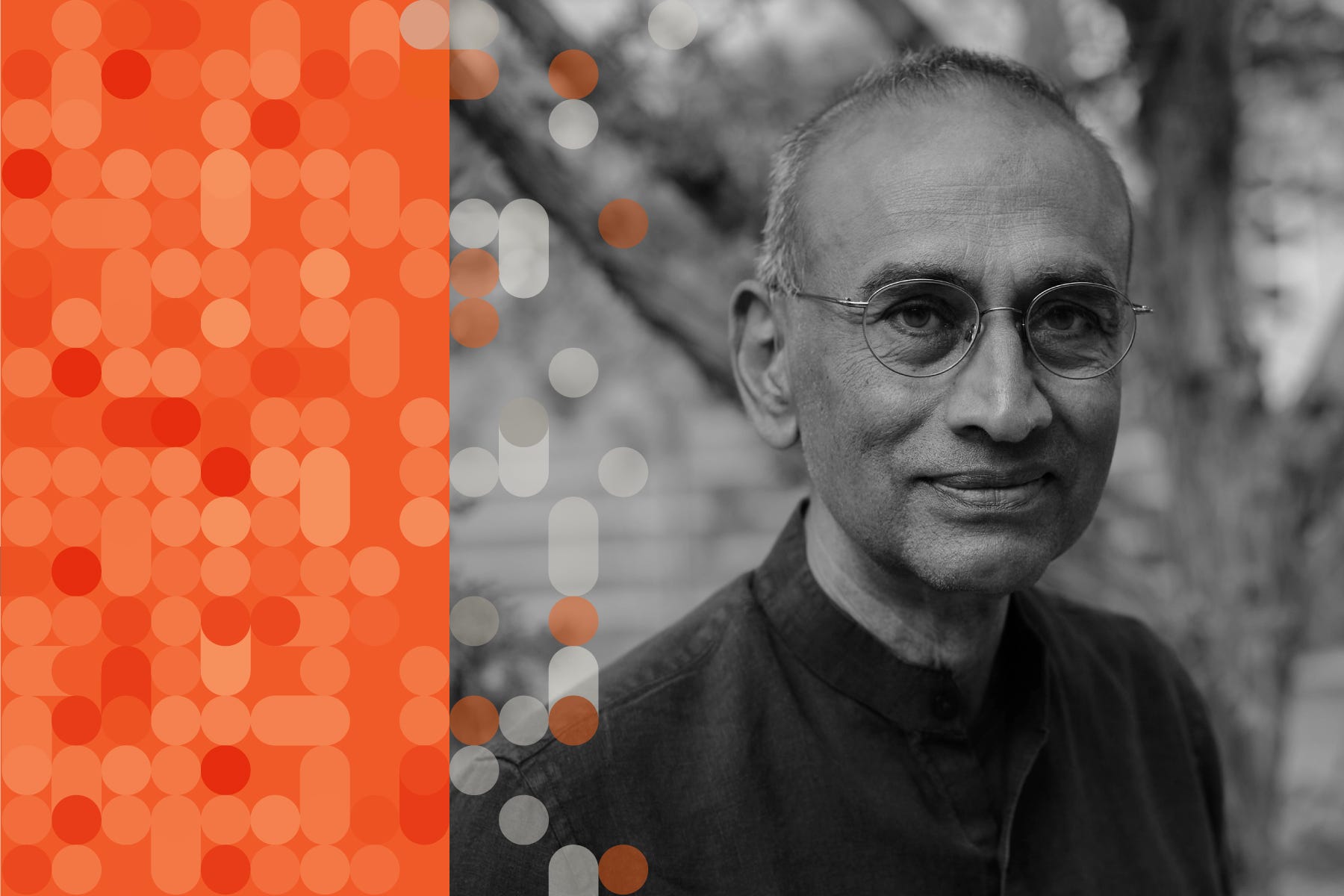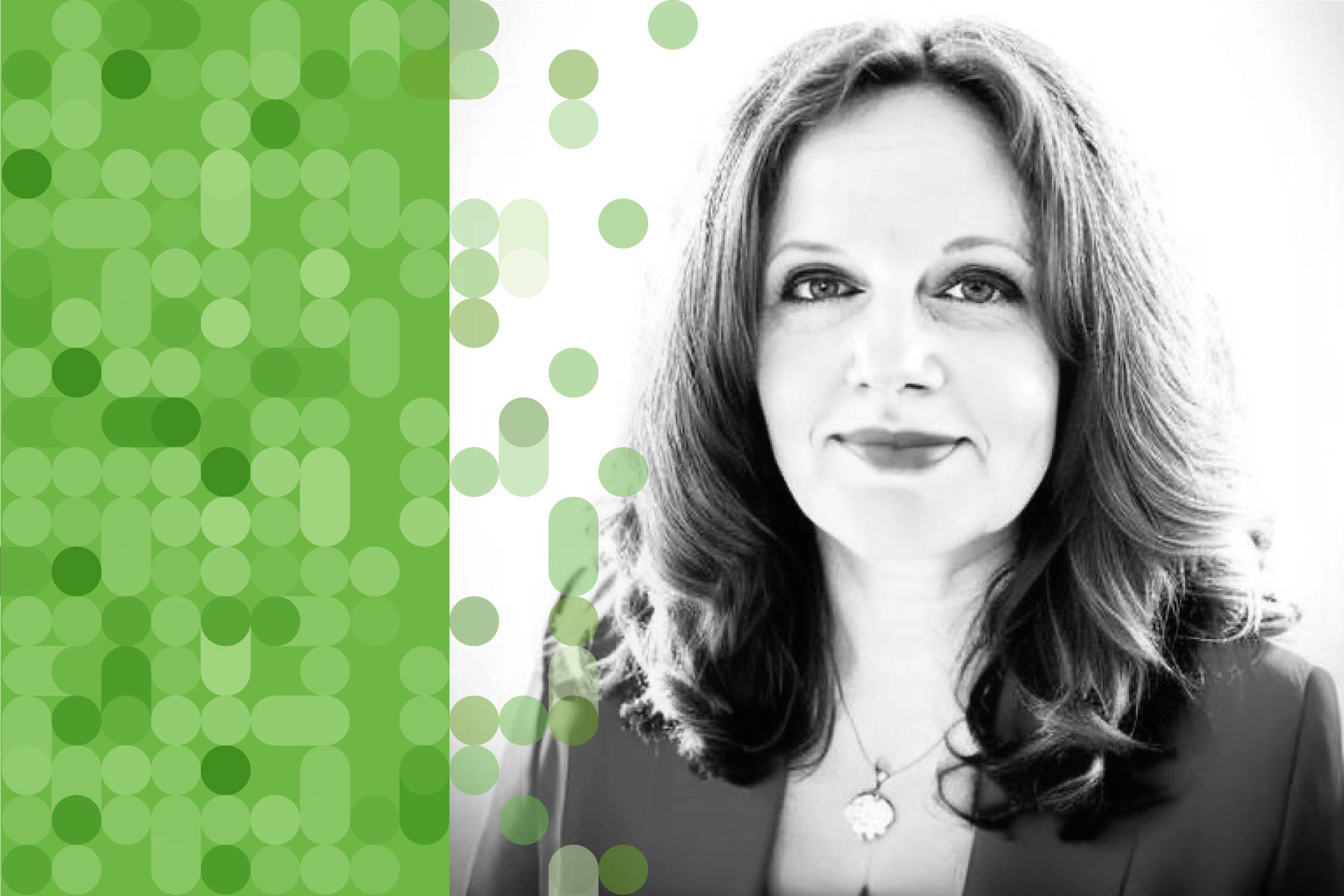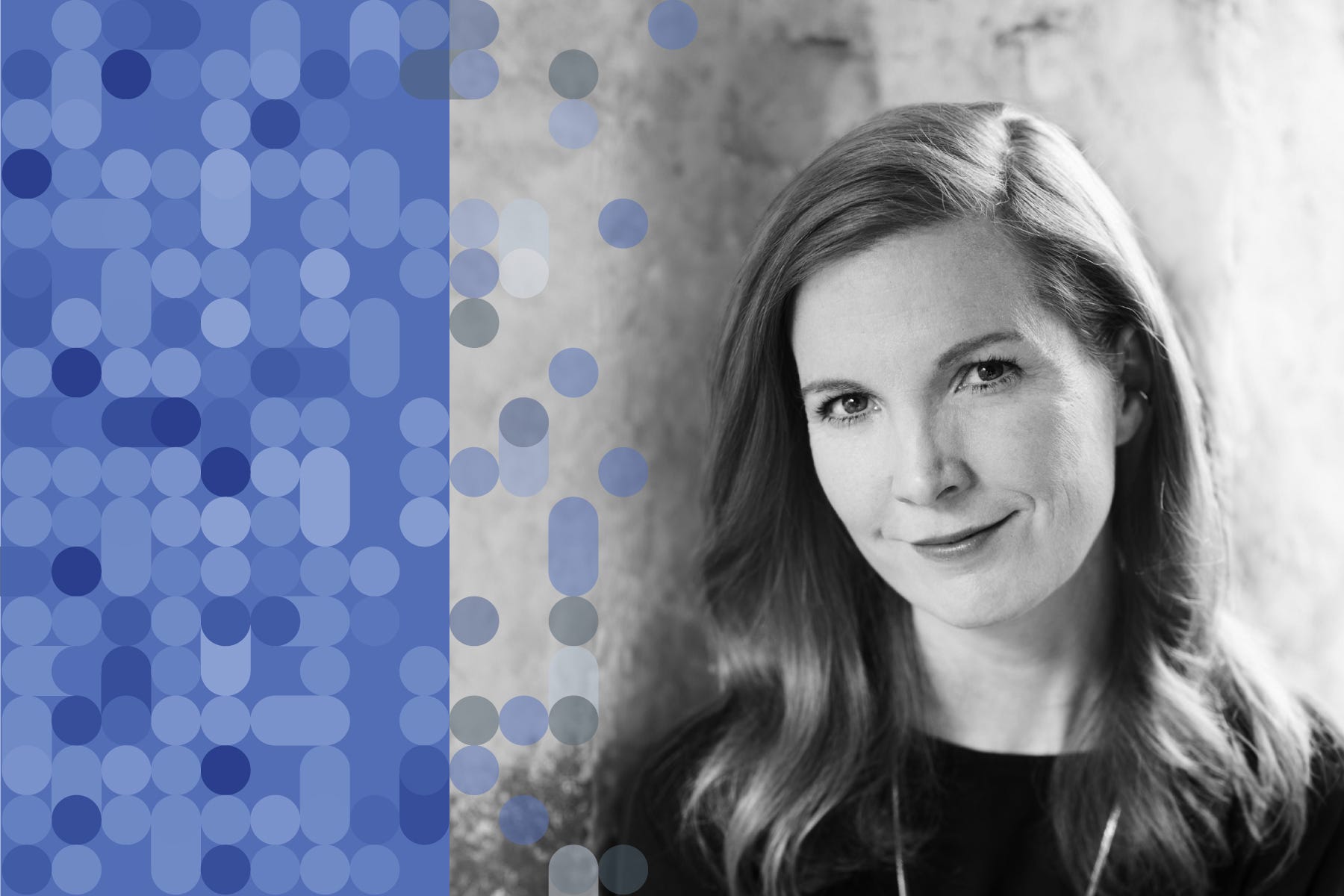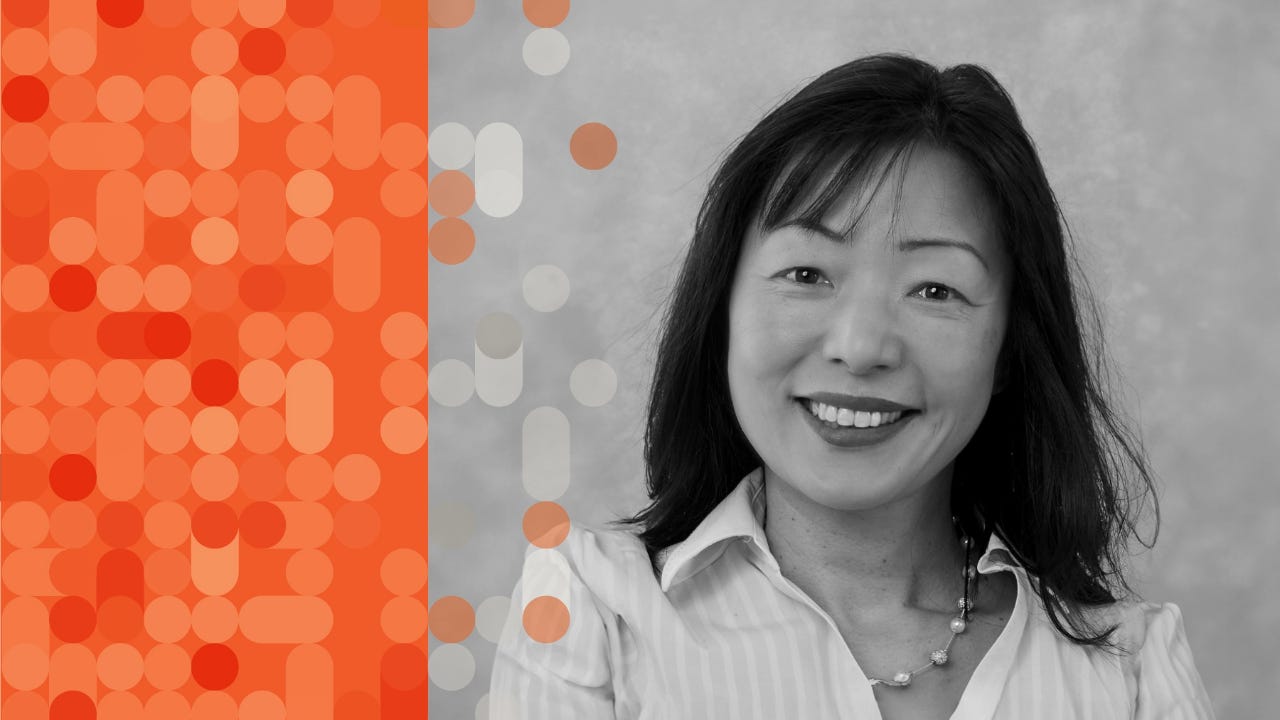Aviv Regev: The Revolution in Digital Biology
Description
“Where do I think the next amazing revolution is going to come? … There’s no question that digital biology is going to be it. For the very first time in our history, in human history, biology has the opportunity to be engineering, not science.” —Jensen Huang, NVIDIA CEO
Aviv Regev is one of the leading life scientists of our time. In this conversation, we cover the ongoing revolution in digital biology that has been enabled by new deep knowledge on cells, proteins and genes, and the use of generative A.I .
Transcript with audio and external links
Eric Topol (00:05 ):
Hello, it's Eric Topol with Ground Truths and with me today I've really got the pleasure of welcoming Aviv Regev, who is the Executive Vice President of Research and Early Development at Genentech, having been 14 years a leader at the Broad Institute and who I view as one of the leading life scientists in the world. So Aviv, thanks so much for joining.
Aviv Regev (00:33 ):
Thank you for having me and for the very kind introduction.
The Human Cell Atlas
Eric Topol (00:36 ):
Well, it is no question in my view that is the truth and I wanted to have a chance to visit a few of the principal areas that you have been nurturing over many years. First of all, the Human Cell Atlas (HCA), the 37 trillion cells in our body approximately a little affected by size and gender and whatnot, but you founded the human cell atlas and maybe you can give us a little background on what you were thinking forward thinking of course when you and your colleagues initiated that big, big project.
Aviv Regev (01:18 ):
Thanks. Co-founded together with my very good friend and colleague, Sarah Teichmann, who was at the Sanger and just moved to Cambridge. I think our community at the time, which was still small at the time, really had the vision that has been playing out in the last several years, which is a huge gratification that if we had a systematic map of the cells of the body, we would be able both to understand biology better as well as to provide insight that would be meaningful in trying to diagnose and to treat disease. The basic idea behind that was that cells are the basic unit of life. They're often the first level at which you understand disease as well as in which you understand health and that in the human body, given the very large number of individual cells, 37.2 trillion give or take, and there are many different characteristics.
(02:16 ):
Even though biologists have been spending decades and centuries trying to characterize cells, they still had a haphazard view of them and that the advancing technology at the time – it was mostly single cell genomics, it was the beginnings also of spatial genomics – suggested that now there would be a systematic way, like a shared way of doing it across all cells in the human body rather than in ways that were niche and bespoke and as a result didn't unify together. I will also say, and if you go back to our old white paper, you will see some of it that we had this feeling because many of us were computational scientists by training, including both myself and Sarah Teichmann, that having a map like this, an atlas as we call it, a data set of this magnitude and scale, would really allow us to build a model to understand cells. Today, we call them foundational models or foundation models. We knew that machine learning is hungry for these kinds of data and that once you give it to machine learning, you get amazing things in return. We didn't know exactly what those things would be, and that has been playing out in front of our eyes as well in the last couple of years.
Spatial Omics
Eric Topol (03:30 ):
Well, that gets us to the topic you touched on the second area I wanted to get into, which is extraordinary, which is the spatial omics, which is related to the ability to the single cell sequencing of cells and nuclei and not just RNA and DNA and methylation and chromatin. I mean, this is incredible that you can track the evolution of cancer, that the old word that we would say is a tumor is heterogeneous, is obsolete because you can map every cell. I mean, this is just changing insights about so much of disease health mechanisms, so this is one of the hottest areas of all of life science. It's an outgrowth of knowing about cells. How do you summarize this whole era of spatial omics?
Aviv Regev (04:26 ):
Yeah, so there's a beautiful sentence in the search for lost time from Marcel Proust that I'm going to mess up in paraphrasing, but it is roughly that going on new journeys is not about actually going somewhere physically but looking with new eyes and I butchered the quote completely.[See below for actual quote.] I think that is actually what single cells and then spatial genomics or spatial omics more broadly has given us. It's the ability to look at the same phenomenon that we looked at all along, be it cancer or animal development or homeostasis in the lung or the way our brain works, but having new eyes in looking and because these new eyes are not just seeing more of something we've seen before, but actually seeing things that we couldn't realize were there before. It starts with finding cells we didn't know existed, but it's also the processes that these cells undergo, the mechanisms that actually control that, the causal mechanisms that control that, and especially in the case of spatial genomics, the ways in which cells come together.
(05:43 ):
And so we often like to think about the cell because it's the unit of life, but in a multicellular organism we just as much have to think about tissues and after that organs and systems and so on. In a tissue, you have this amazing orchestration of the interactions between different kinds of cells, and this happens in space and in time and as we're able to look at this in biology often structure is tightly associated to function. So the structure of the protein to the function of the protein in the same way, the way in which things are structured in tissue, which cells are next to each other, what molecules are they expressing, how are they physically interacting, really tells us how they conduct the business of the tissue. When the tissue functions well, it is this multicellular circuit that performs this amazing thing known as homeostasis.
(06:36 ):
Everything changes and yet the tissue stays the same and functions, and in disease, of course, when these connections break, they're not done in the right way you end up with pathology, which is of course something that even historically we have always looked at in the level of the tissue. So now we can see it in a much better way, and as we see it in a better way, we resolve better things. Yes, we can understand better the mechanisms that underlie the resistance to therapeutics. We can follow a temporal process like cancer as it unfortunately evolves. We can understand how autoimmune disease plays out with many cells that are actually bent out of shape in their interactions. We can also follow magnificent things like how we start from a single cell, the fertilized egg, and we become 37.2 trillion cell marvel. These are all things that this ability to look in a different way allows us to do.
Eric Topol (07:34 ):
It's just extraordinary. I wrote at Ground Truths about this. I gave all the examples at that time, and now there's about 50 more in the cardiovascular arena, knowing with single cell of the pineal gland that the explanation of why people with heart failure have sleep disturbances. I mean that's just one of the things of so many now these new insights it's really just so remarkable. Now we get to the current revolution, and I wanted to read to you a quote that I hav

